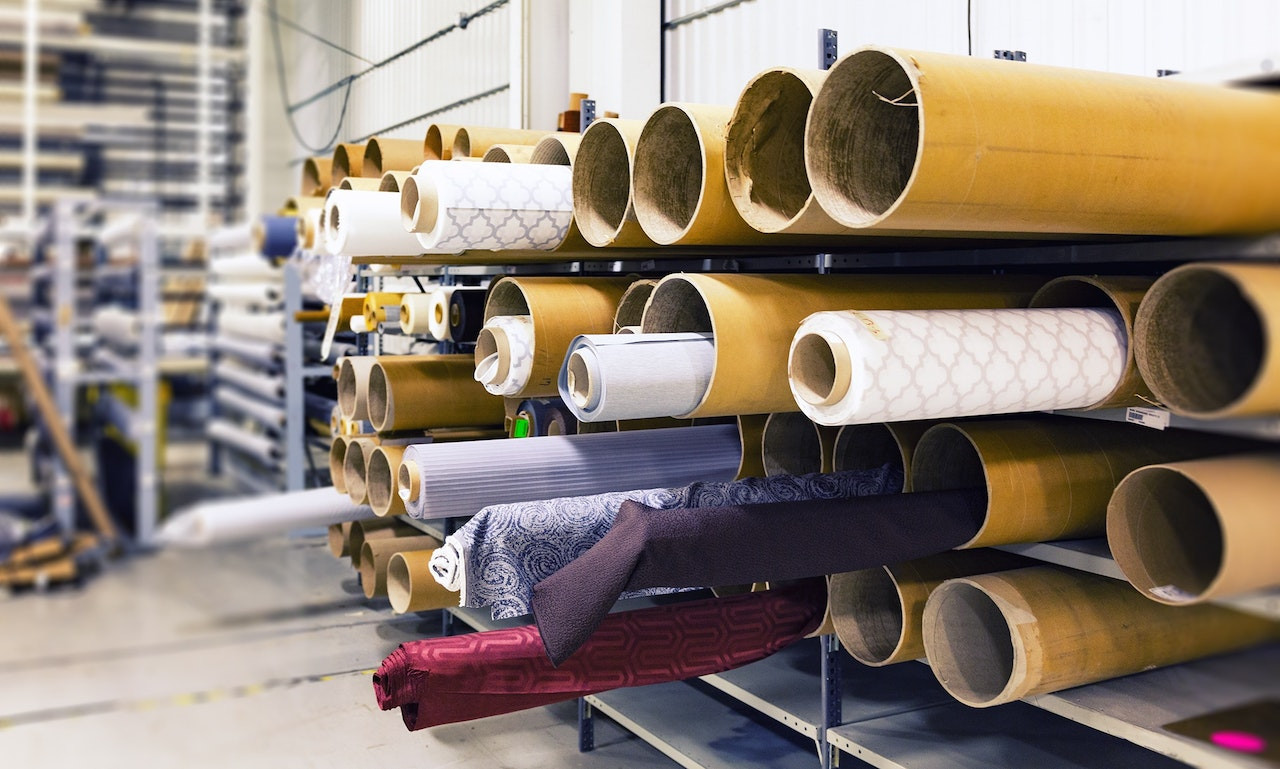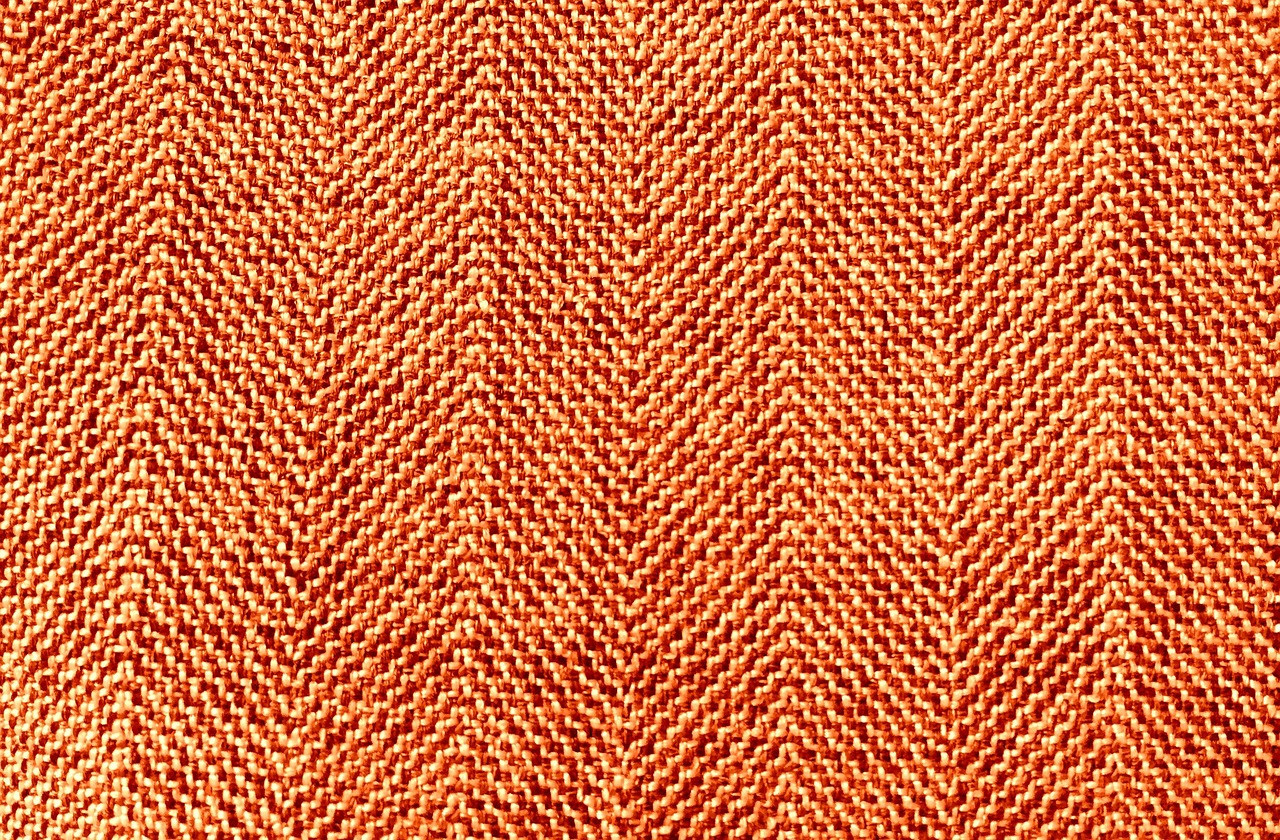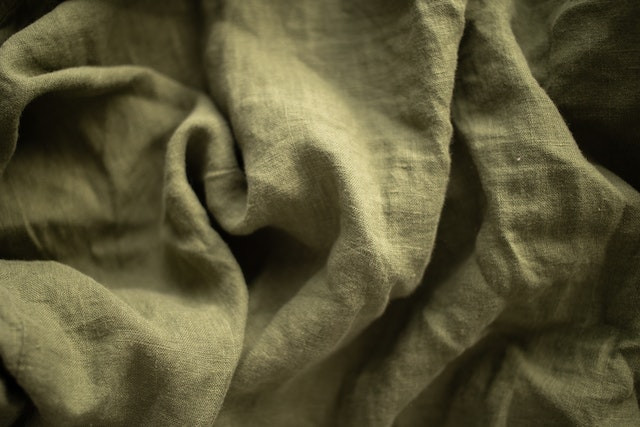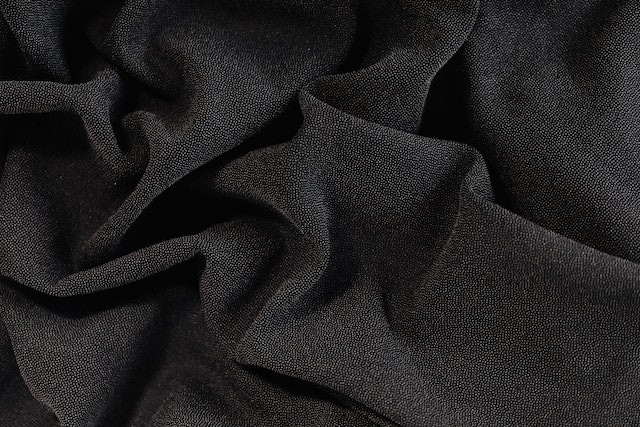The Evolution of Clothing Materials over the Time
Introduction
Clothing has served various purposes throughout history, including protection from the elements, social status, and cultural expression. The progression of garments and fabrics unveils a captivating voyage that maps the advancement of human society and the dynamic interplay among style, heritage, and innovation. From draping fabric to casual T-shirts or other modern clothes, the evolution of clothing is a fascinating aspect of our past to explore.

Progression of Clothing Materials throughout History
Natural Materials
In the early stages of human history, clothing was made primarily from natural materials found in the environment. Animal skins, furs, and hides were some of the earliest materials used for clothing. This era can be referred to as the Primitive Era or Early Human Clothing. Flax fiber obtained from the flax plant is considered to be the oldest fiber. Through spinning and weaving, they made linen fabric, which was light and breathable. It was popular in ancient Egypt and Mesopotamia.

One of the earliest and fundamental garments worn by individuals, regardless of gender, was referred to as the "Doric Chiton." This essential attire consisted of a substantial piece of woolen or linen fabric that was artfully draped around the body or fastened using buttons or pins. This was very popular in ancient Greece.
The invention of the loom around 4000 BCE marked a significant advancement in textile production. It enabled the weaving of more complex fabrics, such as linen and wool, which were more comfortable and durable than animal skins. The fabric was often hand-spun and hand-woven. Wool was obtained from the sheep which involves shearing the sheep every year at the end of winter, cleaning and carding the wool, spinning and weaving, and then dying. Wool-made clothes are considered warmer.
Silk, produced from the cocoons of silkworms, was developed in ancient China around 4000 BC. It became highly prized and sought after due to its luxurious texture and appearance. Silk production eventually spread to other parts of the world, including India, Persia, and Europe.
Synthetic Materials
The development of synthetic materials began in the late 19th century and gained momentum in the 20th century. Rayon was the first synthetic fiber created as a cheap alternative to silk. Later, humans developed other synthetic materials such as nylon, polyester, and acrylic. These materials were durable, affordable, and offered more wrinkle resistance.
Cotton Material
Cotton became a significant textile material during the Industrial Revolution. Valley civilization cultivates cotton crops. In the Indus Valley, the ancient evidence of cotton fiber is traced back to threads people utilized to string copper beads in Mehr Garh from 6000-5500 BCE. These threads provide significant insight into the early utilization of cotton and the advancement of textile production in the region during that time.

The invention of the cotton gin in the late 18th century made cotton processing more efficient, leading to increased production. Cotton has become a popular choice due to its breathability and versatility, and it remains one of the most widely used fibers today.
Technological Advancements
In recent decades, textile technology has made significant strides, resulting in the creation of groundbreaking materials. One notable example is spandex or elastin, a stretchable synthetic fiber that has revolutionized the sportswear and activewear industry. High-performance fabrics have brought about a new era in textile technology.

These fabrics boast a range of exceptional properties, such as moisture-wicking, anti-microbial, and thermal capabilities. They can regulate the body temperature and reduce the risk of discomfort.
Sustainable Material
As environmental issues are rising, so has the fashion industry shifted towards eco-friendly and sustainable clothing. Manufacturers and designers are utilizing organic cotton, bark, hemp, bamboo, and recycled fibers to create sustainable fashion options. Organic cotton is cultivated without synthetic pesticides that are harmful to the environment. Bark and hemp were introduced in Japan around 5500 BC. Hemp and bamboo-originated fabrics are sustainable choices that require less water consumption and grow quickly. Recycled fibers, including polyester derived from recycled plastic bottles, help reduce waste and decrease reliance on virgin resources.
The Larry Rowbs Foundation works on sustainable clothing by recycling old and worn-out clothes to produce more fashionable, sleek, and eco-friendly clothes
Summary
Unraveling the journey from fabric draping to contemporary casual wear like T-shirts, the history of clothing materials is existing to explore. The evolution of clothing materials has been driven by a combination of cultural, technological, and environmental factors. From natural materials to synthetic fibers and sustainable alternatives, the development of new materials has played a vital role in shaping the history of clothing.
Reference
-
Sheryl Perkins. (2013). ‘Apparel History Timeline – The Evolution of Clothing over Time’
-
Umer Hameed. (2023). ‘Evolution of clothes’
- Introduction
- Progression of Clothing Materials throughout History
- Synthetic Materials
- Cotton Material
- Technological Advancements
- Sustainable Material
- Summary
- Reference
Your Support Is All We Need.
Larry Rowbs foundation aims to make the fashion industry more sustainable and safeguard its workers.
But for this we need support from our community. We invite you to be a part of this cause by any of the following:
Continue Exploring
JOIN THE MOVEMENT!
Stay up to date with the roadmap progress, announcements and events conducted by signing up for our weekly newsletter.